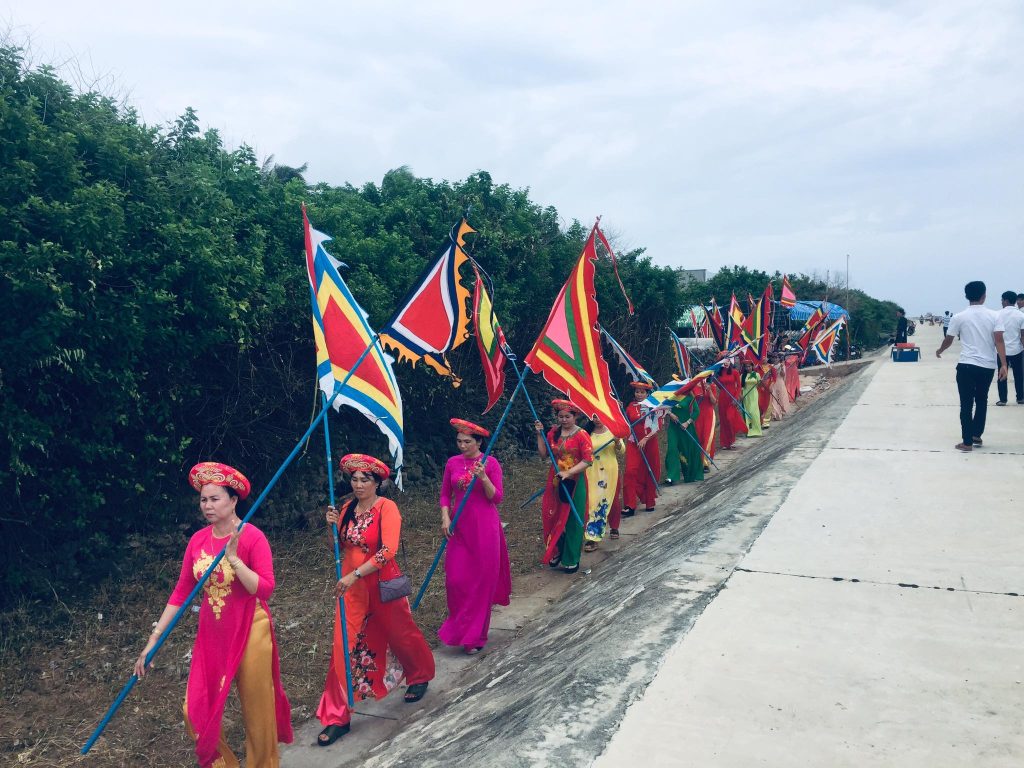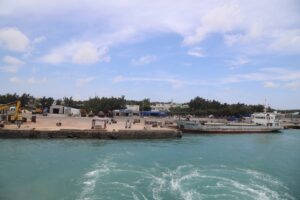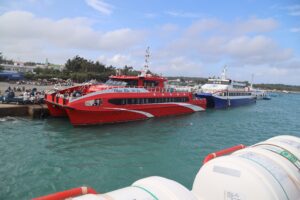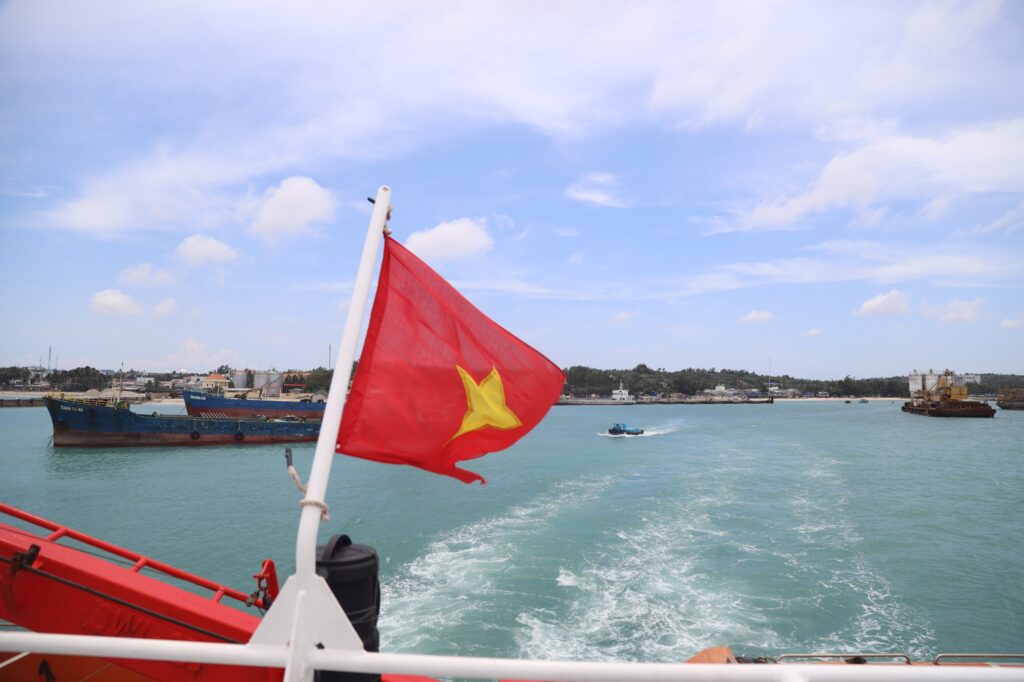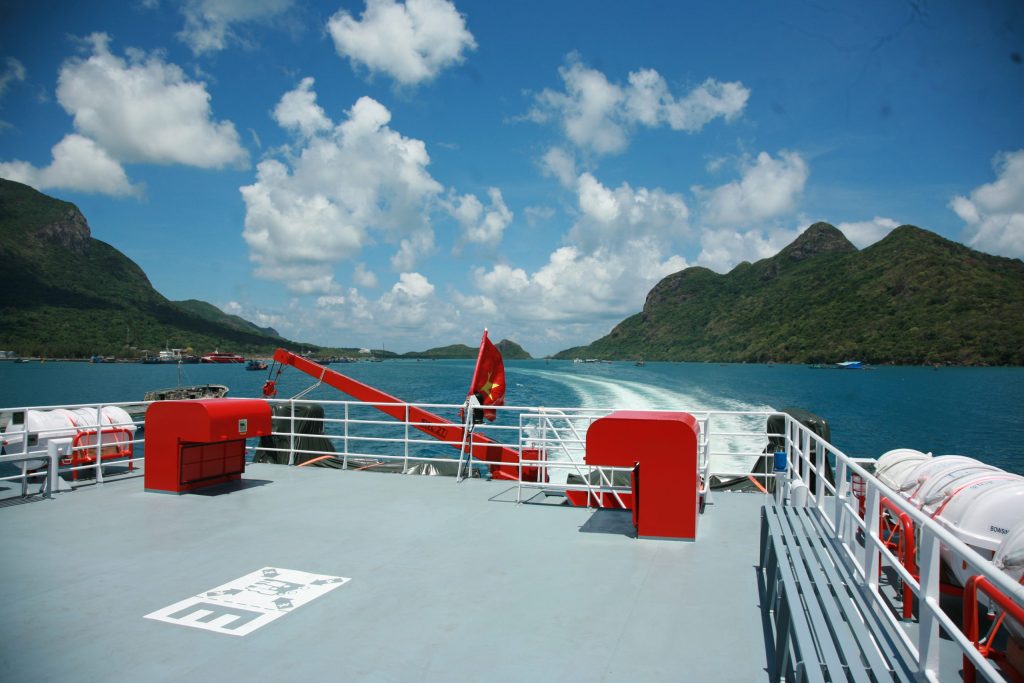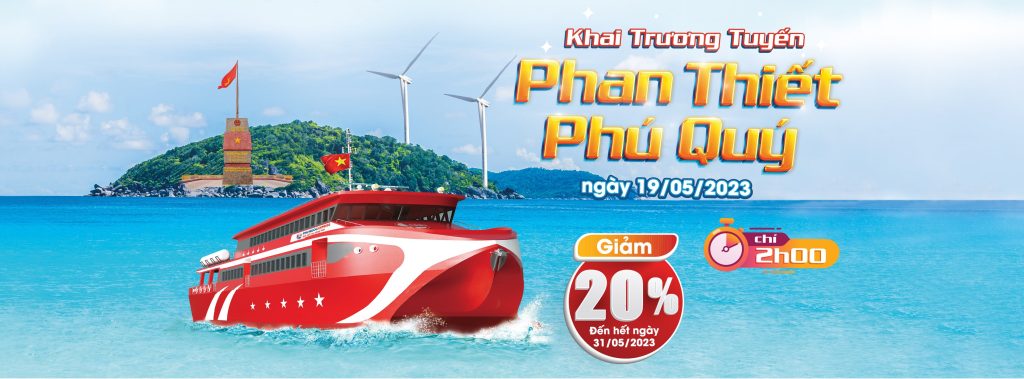In accordance with the island’s religious establishments, numerous rituals and festivals are held throughout the year at various temples and shrines across Phú Quý. Typically, two main ceremonial periods are observed: the Spring Ceremony, often taking place in the first or second lunar month, and the Autumn Ceremony, usually in the seventh or eighth lunar month. This follows the traditional folk concept of “spring for praying, autumn for thanksgiving” and also reflects ceremonial practices from the Nguyễn Dynasty.
In addition, large-scale festivals are often held, such as the Whale Worshiping Festival (Lễ Cầu Ngư) and the Commemoration Ceremonies (Lễ Kỵ) for local deities.
The timing and scale of each festival depend on the resources of the respective village and the selection of auspicious dates by ritual masters, based on ancient astrological and religious texts.
Depending on a village’s capacity, some events may involve only rituals without accompanying festive activities. Ceremonies strictly follow traditional ritual sequences passed down through generations. The festive component—particularly the traditional opera (Hát Bội)—is usually held every two years. Overall, the island’s festivals meet both the spiritual and recreational needs of its residents.
Commemoration Ceremony of Princess Bàn Tranh
Held on the 3rd day of the first lunar month, this ceremony includes a procession of the royal decree (sắc phong) from the village’s temple or shrine responsible for worship. The procession moves to Princess Bàn Tranh’s temple for the main ritual, then continues to the temple of Master Sài Nại to invite the deity to join the offering, and finally returns the sắc phong to its original location. Festive activities take place at Master Sài Nại’s temple, as eating, drinking, and singing are not permitted at Princess Bàn Tranh’s temple according to custom.
Ceremonial Handover for the Commemoration of the Master
On the 4th day of the fourth lunar month, the village currently in charge of the ritual brings the sắc phong from its temple to Princess Bàn Tranh’s shrine to invite her spirit to join the ritual at Master Sài Nại’s temple. The royal decree is then brought to the latter temple, where the main ceremony takes place. Following this is the Tuyên Sắc (Declaration of the Royal Decree), and then the Giao Phiên (Ceremonial Handover), in which both the sắc phong and the responsibility for future rituals are transferred to the next village. The sắc phong remains with the receiving village and does not return to the previous one.
Offerings at the Quan Thánh Temple
Unlike other temples and shrines on Phú Quý Island, the Quan Thánh Temple does not host fixed annual festivals. Instead, offerings are made on full-moon days, similar to practices in Buddhist pagodas. Islanders frequently visit the temple to pray for good fortune, peace, and prosperity in their livelihoods and businesses.
Whale Worshiping Festival (Lễ Cầu Ngư)
At the whale temples (lăng vạn), the Nghệ Sắc ceremony, typically held on the morning of the main festival day in most other festivals, is instead performed the night before. The Rước Sắc (Procession of the Royal Decree) takes place the following morning. The Nghinh Thần (Welcoming of the Deity) is conducted twice—once at the temple on the eve of the main festival, and again at sea on the festival morning, where the sea god (Thần Sanh, the god of waves) is welcomed either onshore or by boat.
Apart from these annual ceremonies, whale temples also hold rituals associated with whale beliefs, including funeral rites and the Thượng Ngọc Cốt ceremony (exhumation and enshrinement of whale bones). These rites do not involve royal decrees but consist of incense offerings, tea, and wine at the burial site, with prayers for permission to perform the ceremony, and accompanied by ritual music and dance, such as the Four Sacred Beasts dance or the Bả Trạo rowing chant.
Whale Burial Ceremony
According to historical records and local oral tradition, whales are gentle creatures believed to save fishermen during storms. Therefore, whenever a whale dies (Ông lụy), fishing activities are halted and a ceremonial burial is held.
The person who discovers the whale must take the main role in the burial and observe a mourning period of two or three years, depending on the whale’s size. After the burial, offerings are made at the whale temple on the 3rd, 7th, 49th, 100th day, and on the death anniversary, similar to human funeral customs. This practice reflects deep humanity and gratitude toward whales.
In Chăm culture, whales are believed to be incarnations of the sea god Cha-Aih-Va, also known as Pô-Ri-Ak. In Buddhist legend, whales are said to be transformed from the robe of the Bodhisattva Avalokiteśvara (Guanyin), granted divine power to aid seafarers. Hence, they are deeply revered.
Whale Bone Enshrinement Ceremony (Thượng Ngọc Cốt)
After the mourning period, ritual masters choose an auspicious date. The temple management prepares offerings of betel, wine, and incense, and performs a ritual at the whale’s grave to seek permission for exhumation. The whale’s bones, referred to as ngọc cốt (sacred remains), are carefully cleaned with well water and strong alcohol, dried, and placed in a wooden casket or urn. The alcohol used to cleanse the bones is sprinkled onto fishing gear to bring good luck.
During the exhumation and enshrinement procession, ceremonial music is played continuously to honor the whale. Once the bones arrive at the temple, offerings of incense, flowers, food, and meat are made for the whale’s enthronement. The sacred bones are then permanently kept at the temple.
The Lăng Vạn housing the ngọc cốt Ông Nam Hải (Sacred Whale Bones) is a spiritual landmark where local fishermen regularly come to pray for protection and favorable voyages.



